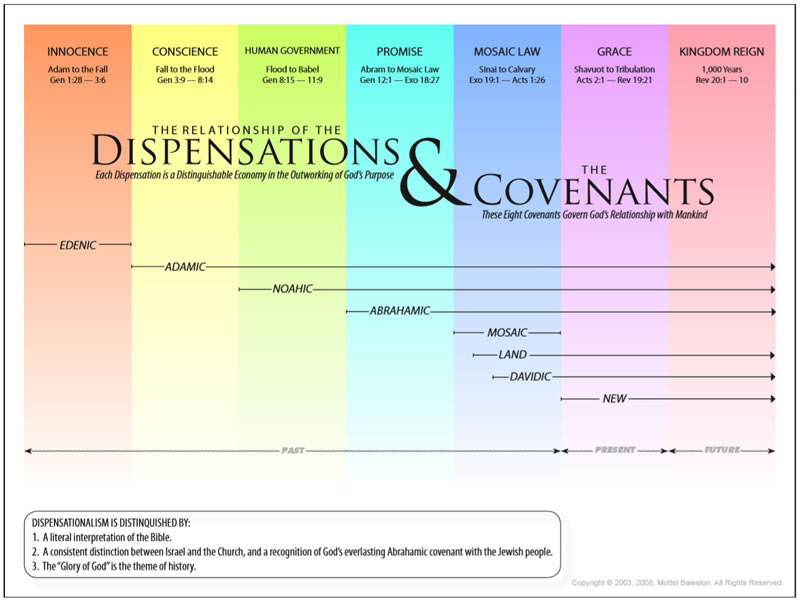Holocaust Remembrance Day
Yom HaShoah
Yom HaShoah was inaugurated in 1953, placed into law and signed by the Prime Minister of Israel, David Ben-Gurion, and the President of Israel, Yitzhak Ben-Zvi.
The original proposal was to hold Yom HaShoah on the 14th of Nisan, the anniversary of the Warsaw ghetto uprising (April 19, 1943), but this was problematic because the 14th of Nisan is the day immediately before Pesach (Passover). The date was moved to the 27th of Nisan, which is eight days before Yom Ha’atzma’ut, or Israeli Independence Day.
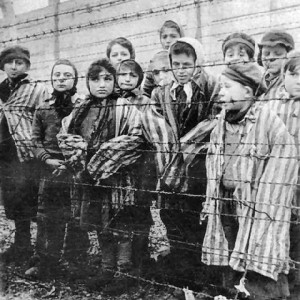
While there are Orthodox Jews who commemorate the Holocaust on Yom HaShoah, others in the Orthodox community, especially Haredim including Hasidim, remember the victims of the Holocaust on days of mourning declared by the rabbis before the Holocaust, such as Tisha B’Av in the summer, and the 10th of Tevet (December-January), in the winter, because in the Jewish tradition the month of Nisan is considered a joyous month associated with Passover and messianic redemption.
Yom HaShoah starts in Israel at sundown in a state ceremony held in Warsaw Ghetto Square at Yad Vashem, the Holocaust Martyrs’ and Heroes Authority, in Jerusalem. During the ceremony the national flag is lowered to half mast, the President and the Prime Minister both deliver speeches, Holocaust survivors light six torches symbolizing the approximately six million Jews who perished in the Holocaust and the Chief Rabbis recite prayers.
At 10:00 am on Yom HaShoah, sirens are sounded throughout Israel for two minutes. During this time people cease from action and stand at attention; cars stop and drivers emerge from them, even on the highways, and the whole country comes to a standstill as people pay silent tribute to the dead.
On Yom HaShoah, ceremonies and services are held at schools, military bases and by other public and community organizations.
On the eve of Yom HaShoah and the day itself, places of public entertainment are closed by law. Israeli television airs Holocaust documentaries and Holocaust related talk shows, and low-key songs are played on the radio. Flags on public buildings are flown at half-mast.
Jews in the Diaspora may observe this day within the synagogue, as well as in the broader Jewish community. Commemorations range from synagogue services to communal vigils and educational programs. Many Yom HaShoah programs feature a talk by a Holocaust survivor or a direct descendant, recitation of appropriate psalms, songs and readings, or viewing of a Holocaust themed film. Some communities choose to emphasize the depth of loss that Jews experienced in the Holocaust by reading the names of Holocaust victims one after another, dramatizing the unfathomable notion of six million deaths. Many Jewish schools also hold Holocaust related educational programs on or around Yom HaShoah.
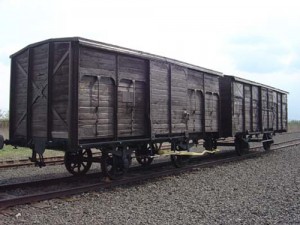
Liturgy for Yom HaShoah
In the last few decades all the prayer books of the Reform and Conservative Judaism and Reconstructionist Judaism have developed similar liturgies to be used on Yom HaShoah. The siddurim (prayer books) of these groups add passages that are meant to be added to standard weekday service, as well as stand-alone sections. These liturgies generally include:
Lighting of a candle (often each member of the congregation lights one)
Modern poems, including “I believe in the sun even when it is not shining…”
El Malei Rahamim (God, full of mercy, dwelling on high)
Orthodox Judaism and Yom HaShoah
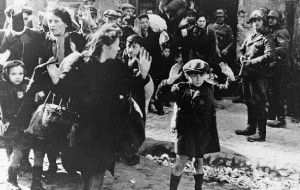 The Chief Rabbinate of Israel, in 1949, decided that the 10th of Tevet should be the national remembrance days for victims of the Holocaust. For this day, it recommended traditional Jewish ways of remembering the dead, such as the study of the traditional Mishnah (core of the Talmud) section about ritual baths, saying Psalms, lighting a yahrzeit candle (candle that is lit in memory of the dead in Judaism) and saying Kaddish (mourner’s prayers found in the Jewish liturgy) for those Holocaust victims whose date of death remains unknown. On other occasions, the Chief Rabbinate also referred to Tisha B’Av as being a date of remembrance for Holocaust victims.
The Chief Rabbinate of Israel, in 1949, decided that the 10th of Tevet should be the national remembrance days for victims of the Holocaust. For this day, it recommended traditional Jewish ways of remembering the dead, such as the study of the traditional Mishnah (core of the Talmud) section about ritual baths, saying Psalms, lighting a yahrzeit candle (candle that is lit in memory of the dead in Judaism) and saying Kaddish (mourner’s prayers found in the Jewish liturgy) for those Holocaust victims whose date of death remains unknown. On other occasions, the Chief Rabbinate also referred to Tisha B’Av as being a date of remembrance for Holocaust victims.
The Knesset decision taken on April 21, 1951 to designate the 27th of Nisan as Yom HaShoah ignored the Rabbinate’s decision from two years earlier, and the Chief Rabbinate, in turn, decided to ignore the Knesset’s chosen date, one reason being the fact that Jewish law forbids fasting and certain laws of mourning during the month of Nisan, which is considered to be a month of happiness.
While there are, nevertheless, Orthodox Jews who commemorate the Holocaust on Yom HaShoah, others in the Orthodox community, especially Haredim, including Hasidim, remember the victims of the Holocaust on tradition-al days of mourning which were already in place before the Holocaust, such as Tisha B’Av in the summer and the 10th of Tevet, in the winter.
However, while most Modern Orthodox Religious Zionist Jews do stand still for two minutes during the siren, in Haredi areas no attention is given to Yom HaShoah. Most stores do not close, schools continue and most people do not stop walking when the siren sounds. The non-participation of Haredim in Yom HaShoah is one of the points which regularly cause friction between Haredim and non-Haredim in Israel, as non-Haredim consider the Haredi position of ignoring the siren and Yom HaShoah altogether to be disrespectful.
Thus, a situation has come into existence where religious forms of commemoration take place primarily on the 10th of Tevet and on Tisha B’Av, while secular forms of commemoration take place primarily on Yom HaShoah, and either part of the population ignores the other’s day of commemoration.
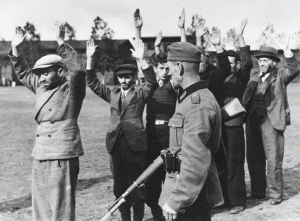
Chart of Jewish Population before and after World War II
The following chart gives the decimation of the Jewish population in Europe between the years of 1933 and 1945. This all occurred during the tyranny of the Hitler’s Nazi regime.
| August 1939 | May 1945 | |
| Austria | 185,000 | 50,000 |
| Belgium | 65,700 | 28,900 |
| Bulgaria | 50,000 | 0 |
| Denmark | 7,800 | 60 |
| Estonia | 4,500 | 60 |
| Finland | 2,000 | 7 |
| France | 350,000 | 77,320 |
| Germany | 566,000 | 141,500 |
| Greece | 77,380 | 67,000 |
| Hungary | 825,000 | 569,000 |
| Italy | 44,500 | 7,680 |
| Latvia | 91,500 | 71,500 |
| Lithuania | 168,000 | 143,000 |
| Luxembourg | 3,500 | 1,950 |
| Netherlands | 140,000 | 100,000 |
| Norway | 1,700 | 762 |
| Poland | 3,300,000 | 3,000,000 |
| Romania | 609,000 | 287,000 |
| Slovakia | 88,950 | 71,000 |
| Yugoslavia | 78,000 | 63,300 |
| Total | 9,796,840 | 5,860,000 |

